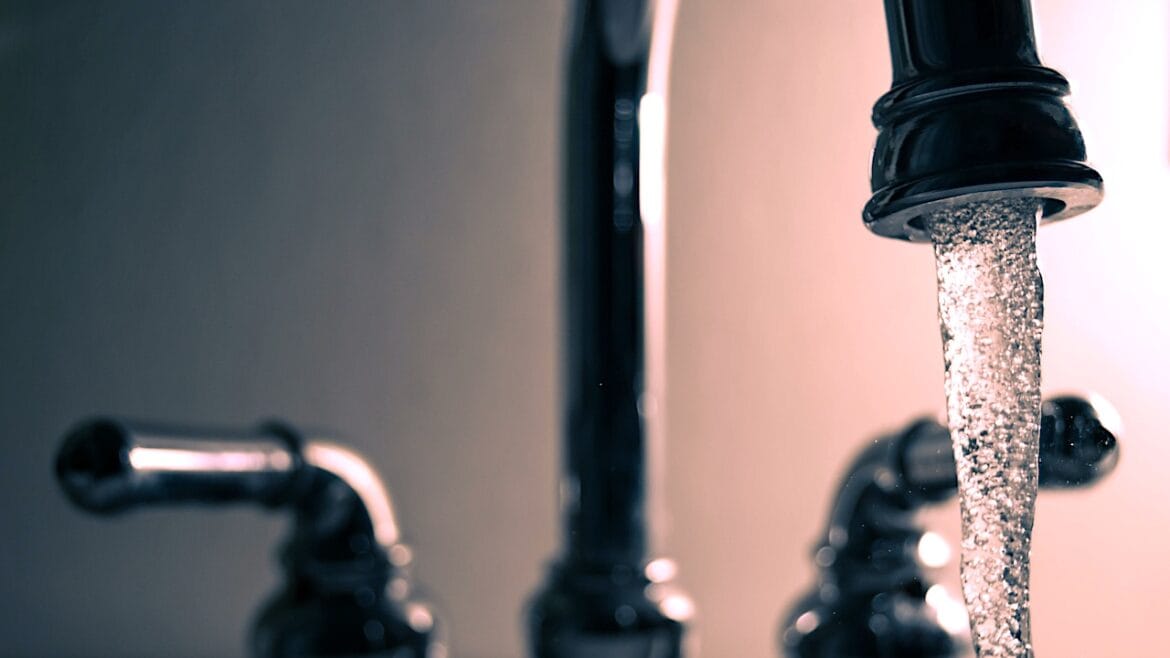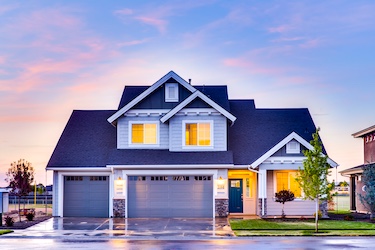As a mold remediation and water damage mitigation company servicing Tampa Bay, we’ve walked into more than a few homes affected by emergency water damage.
And while there’s no single cause for all in-home flooding, nor a “silver bullet” solution per se, there are things we can do and be aware of when it comes to preventing home flooding.
When it comes to fire, we know:
- not to let our kids play with lighters or matches
- that our fire extinguishers should be inspected often
- that “ZIP Strips” should be rarely and smartly used
- and that cooking should be done with basic caution.
But what about flooding?
Here is that list.
Two Key Causes of Flooding
In-Home Water Systems — Enough water runs throughout our homes daily to cause potential flooding if something were to go wrong. This is the most common cause of flooding we see outside of hurricane season. A toilet overflows for too long, a pipe bursts or breaks, etc. To prevent these interior floods, we can know what to look for, and know how to respond fast enough to limit any damage caused.
Extreme Weather — Heavy rains and hurricanes become an even bigger problem if or when water starts entering the home. Prevention here is usually more extreme, but more short-lived or temporary: Drastic actions taken to limit or reduce the likeliness of broken windows, blown off roofs or roof tiles, or rising waters.
What to Do Inside — Interior Home Flood Prevention
Here’s what you can do to prevent water damage and flooding from within your home.
1. Know Where Your Shut-Off Valve: Make sure everyone in your home knows the location of the main water shut-off valve and how to operate it. Keep it easily accessible for emergencies.
2. Install Leak Detection Devices: Use basement water leak detection devices, which can alert you to leaks before they cause significant damage. Many options are available for under $40 on platforms like Amazon.
3. Regularly Inspect Plumbing: Conduct routine inspections of your plumbing system, including pipes, faucets, and hoses, to identify and fix any leaks or weaknesses early.
4. Maintain Appliances: Regularly check and maintain water-using appliances (e.g., washing machines, dishwashers, refrigerators) for signs of wear or leaks. Replace hoses every 5 years as a precaution.
5. Install Sump Pumps: If your home is prone to flooding, consider installing a sump pump in your basement to help remove excess water during heavy rains. Very few homes in Florida have basements, but your crawl space should be taken care of to prevent water from accumulating in in.
What to Do Outside — Exterior Home Flood Prevention
6. Check Your Roof and Gutters: Inspect your roof for missing or damaged shingles and ensure gutters are clean and free-flowing to prevent water backup and leaks.
7. Seal Windows and Doors: Ensure that all windows and doors are properly sealed to prevent water intrusion during storms. Use weather stripping and caulk as needed.
8. Create a Drainage Plan: Ensure that your property is properly graded to direct water away from your home’s foundation. Consider installing French drains if necessary.
9. Keep Landscaping in Check: Maintain trees and shrubs around your home to prevent roots from damaging underground pipes. Also, ensure that plants do not obstruct drainage areas.
What to Do at Home
10. Educate Your Family: Teach all family members about the signs of water damage, such as unusual dampness, musty odors, or mold growth, so they can report issues promptly.
11. Have an Emergency Kit: Prepare an emergency kit that includes tools, towels, and a flashlight to help you respond quickly to any water-related emergencies.
12. Document Your Property: Keep an updated inventory of your belongings and document the condition of your home with photos. This can be helpful for insurance claims in case of damage.
13. Review Your Insurance Policy: Regularly review your homeowner’s insurance policy to understand your coverage for water damage and consider additional flood insurance if necessary.
As covered, there may be no 100% fail-proof way to prevent flooding, but the above would probably have handled or prevented almost half of the water damage related problems we’ve encountered.
The better you nail your water damage prevention and preparation, the faster you can react to any emergencies that do come your way, and thus limit the extent of any damage. That quick-response alone could save you thousands—like putting out a small stove fire before it spreads.
If your home has already been affected by flooding, the best thing you can do is get as much of the standing water absorbed and removed as fast as possible. We’re here to help.







